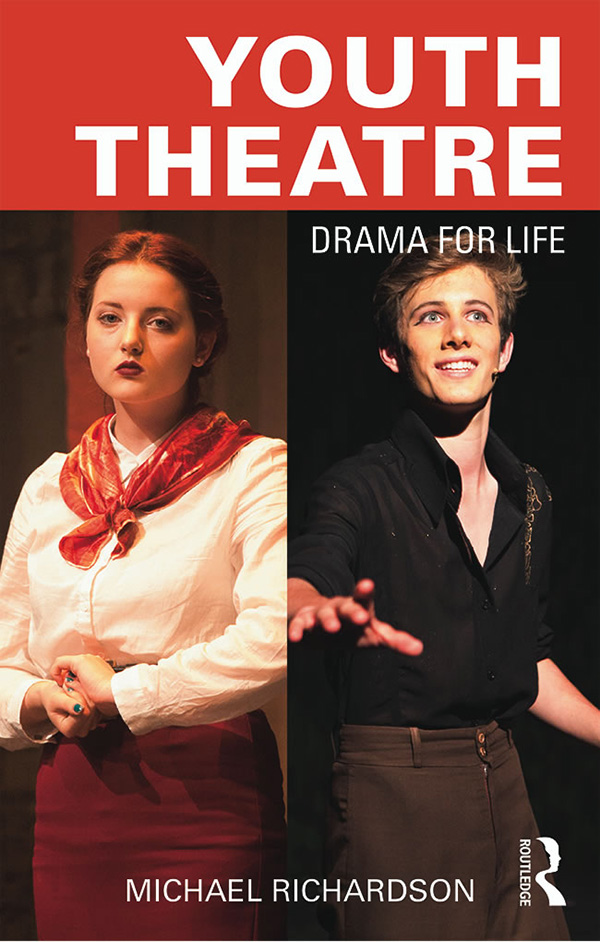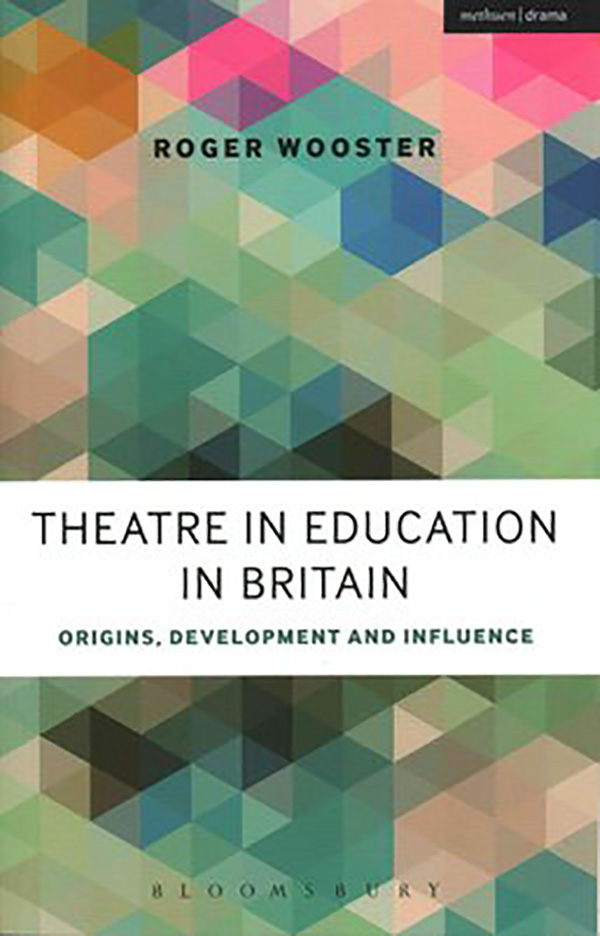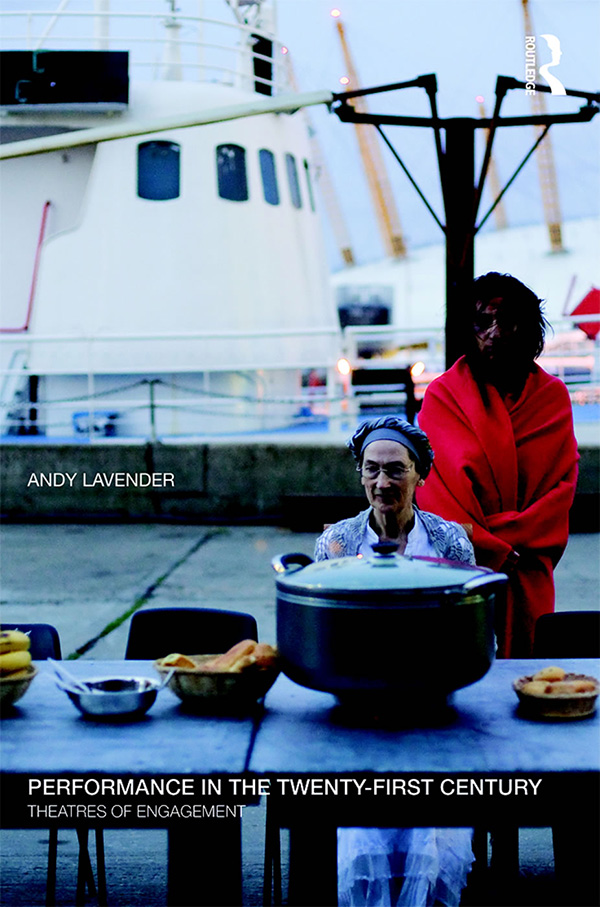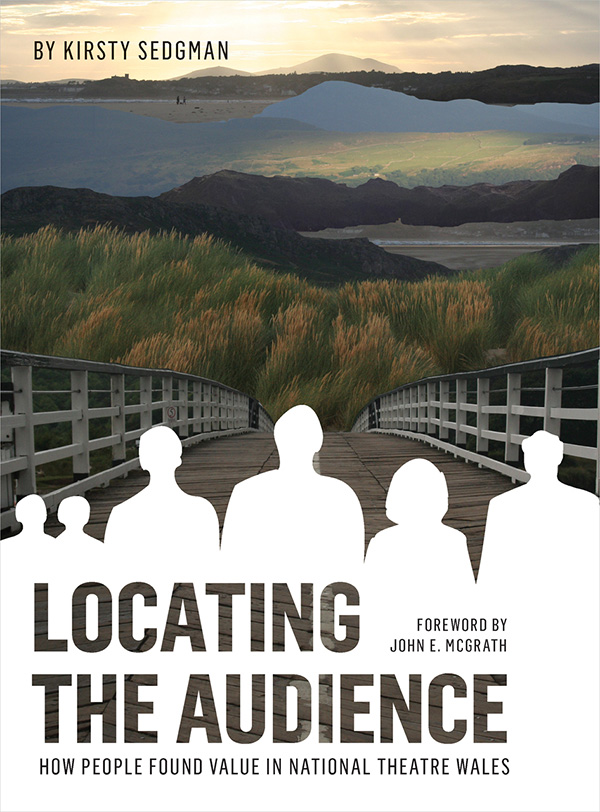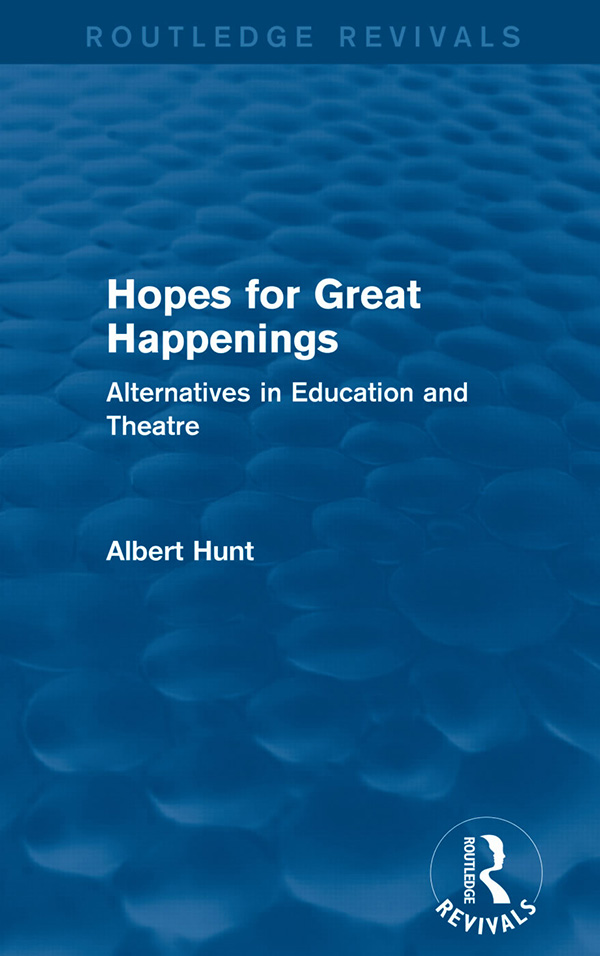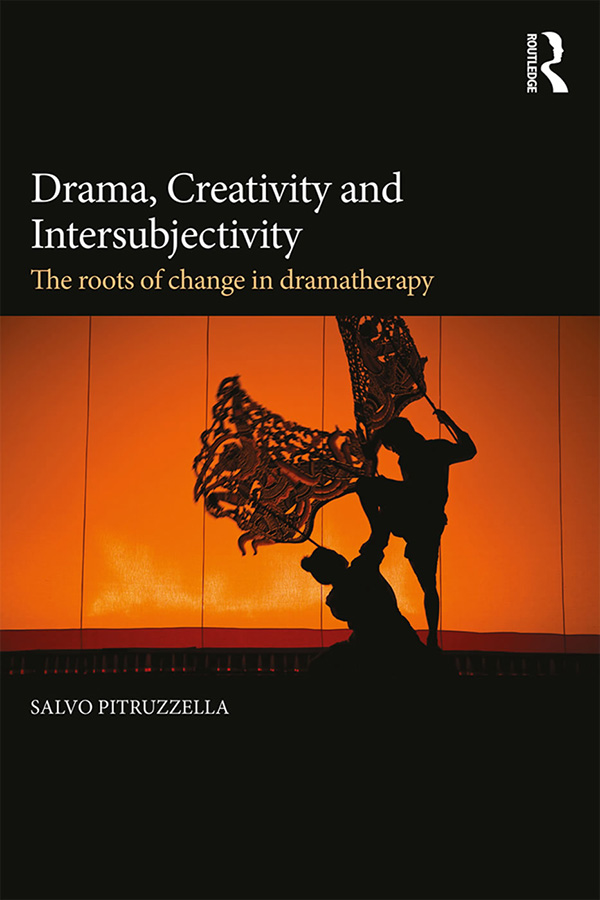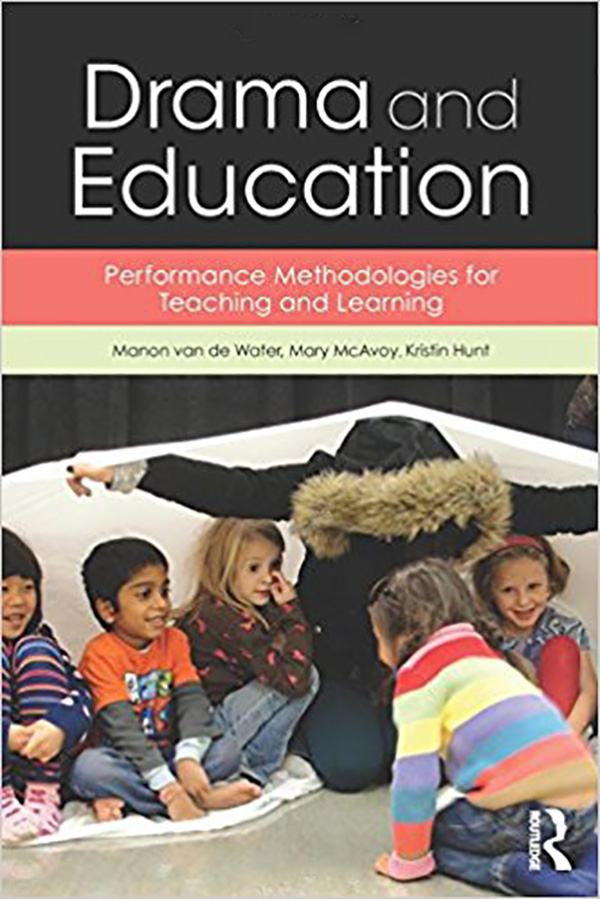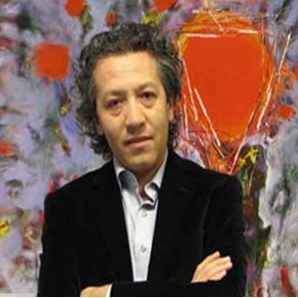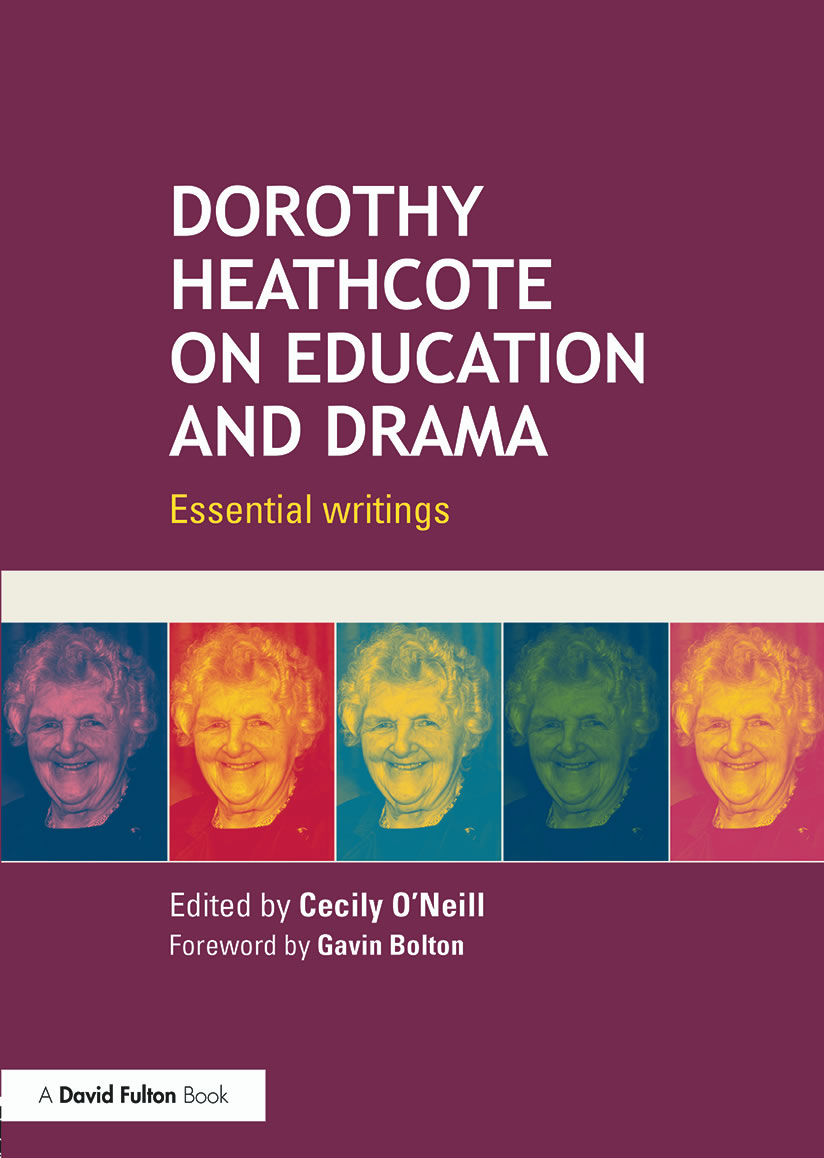Youth Theatre – Drama for Life
Youth Theatre: Drama for Life defines the youth theatre process, by outlining its constituent parts and explaining how these activities work in order to support young people’s development. As well as describing what is done in youth theatre, it also explores why it’s done and how to ensure the best possible outcomes. Michael Richardson has worked in youth theatre for over 20 years, has been involved in the training of other practitioners, and in the strategic development of the youth theatre sector in the UK. As well as giving key tips and advice from his own invaluable experience, Richardson offers comments from practitioners and participants on what makes a successful youth theatre experience.
By Michael Richardson

